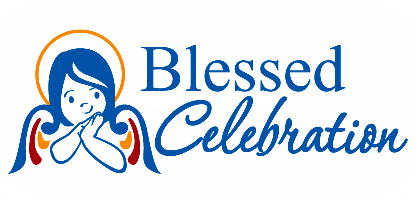Epigonatio - The Birth of Christ
2.2lbs
Handmade Epigonation – Nativity of Christ Embroidery
Celebrate the divine mystery of the Incarnation with this exquisite handmade Epigonation, featuring a detailed gold-thread embroidery of the Birth of Jesus Christ. The sacred scene of the Nativity—depicting the newborn Christ, the Theotokos, and the Star of Bethlehem—serves as a powerful symbol of light, hope, and salvation.
Crafted in the traditional rhomboid shape and adorned with ornamental tassels, this Epigonation is designed to be worn from the belt and right shoulder, signifying the clergy’s call to proclaim the Gospel and shepherd the faithful.
Features:
-
Intricately hand-embroidered Nativity scene in gold thread
-
Elegant design inspired by Orthodox iconography
-
Rhomboid shape with traditional tassel accents
-
Symbol of honor, authority, and theological richness
-
Ideal for liturgical use during the Nativity season and beyond
A reverent and visually striking vestment that honors the miracle of Christ’s birth.
The Epigonation (Greek: Ἐπιγονάτιον, often called "Palitza" in Slavic traditions) is a ceremonial vestment used in the Eastern Orthodox and Eastern Catholic Churches. It is a stiff, diamond-shaped cloth, often richly embroidered, that hangs from the right hip of a bishop or some priests during liturgical services. It is suspended by a strap from the right shoulder. It symbolizes the “sword of the Spirit, which is the Word of God” (Ephesians 6:17), representing a clergyman’s role in defending the faith and rightly dividing the word of truth. It is a mark of honor given to clergy as a sign of elevated responsibility or scholarly achievement, often bestowed by a bishop. Bishops wear the Epigonation as a standard part of their liturgical vestments. Priests may be awarded the Epigonation as a sign of distinction, often in recognition of theological education or faithful service. It is typically worn during Divine Liturgy and other major services, paired with other vestments like the phelonion (chasuble) and epitrachelion (stole). It is Often made of brocade or velvet, adorned with crosses, icons, or saints, and sometimes fringe along the bottom. The embroidery may reflect scenes such as Christ the Pantocrator, St. Paul, or liturgical symbols.
Please allow 3-4 weeks for delivery.

